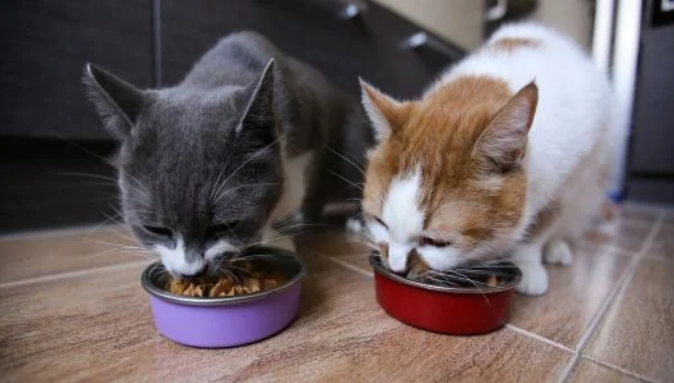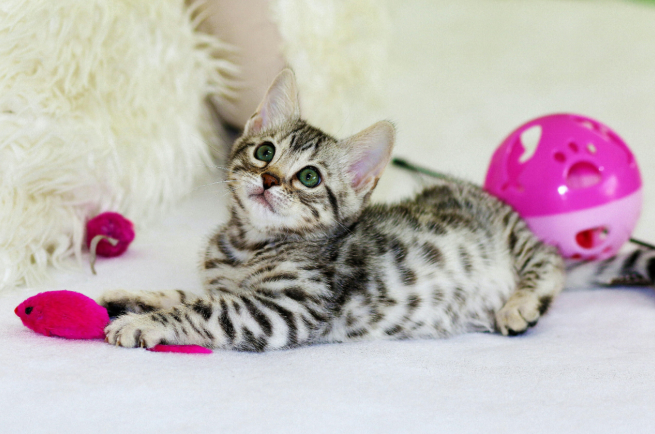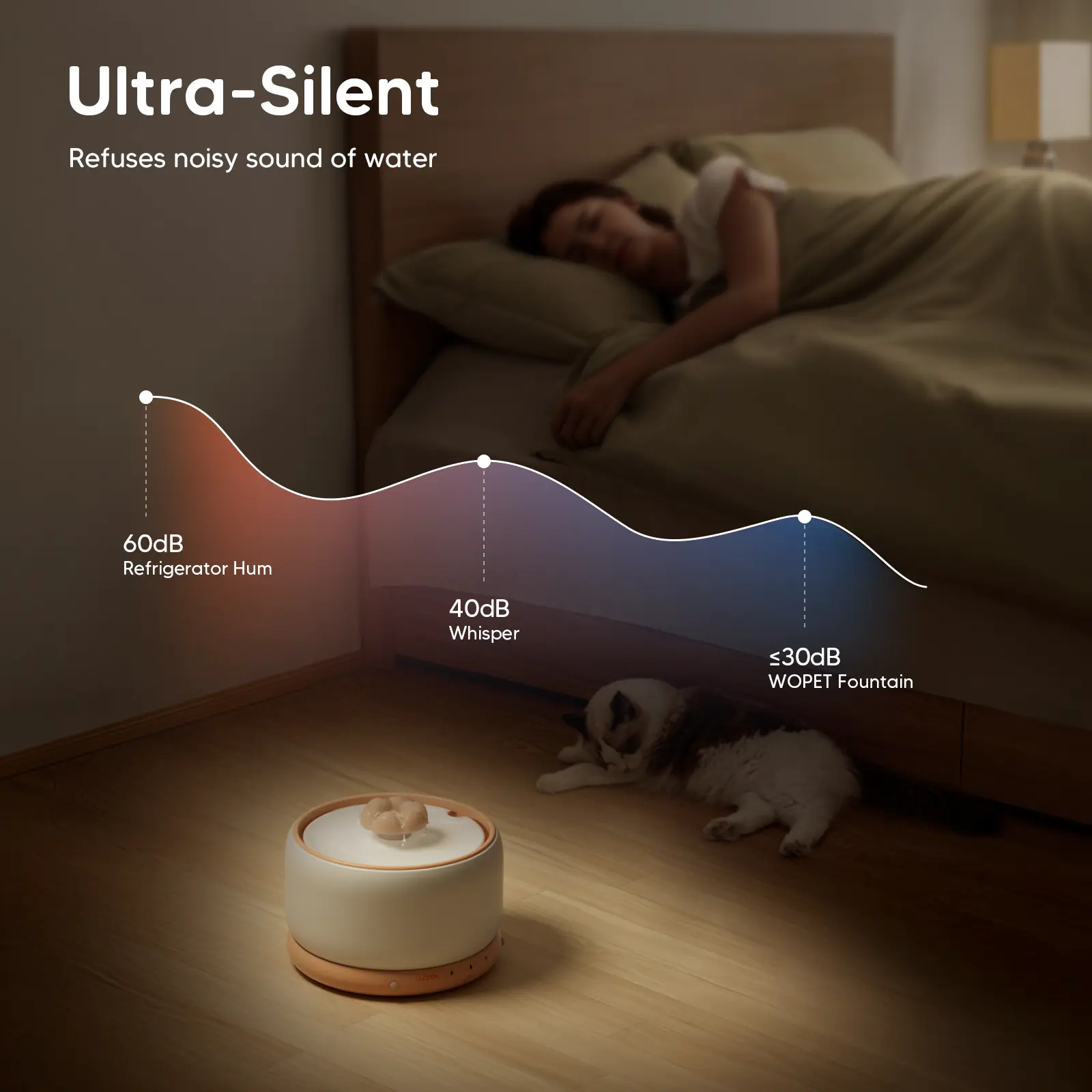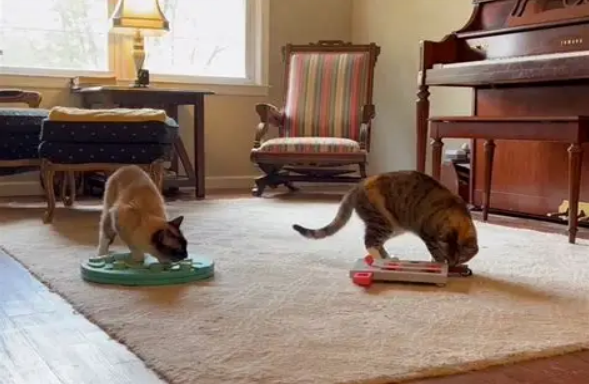Multi-Cat Feeding Guide: How to Feed Multiple Cats in One Household

Feeding one cat is easy. Feeding two? Doable. But when you have three or more cats who have different personalities, appetites, and health needs, it becomes very tricky very soon.
Some cats eat quickly and steal food. Others prefer to eat slowly and in peace. And when special diets, medications, or picky eaters are involved, things can get even more complicated; mealtime can feel more like a juggling act.
But don’t worry. The proper strategy will help you establish a stress-free feeding schedule in which all cats will receive what they need without any fights, messes, or confusion.
1. Why Feeding Multiple Cats Can Be Challenging
Each cat is different. Some eat fast and try to sneak food from others. Some need special diets. And some may be nervous with other pets during meal time.
Your cats may not be willing to share their food space even when they tend to get along. It is all right; cats like to eat alone. Providing them with different feeding areas may prevent fights and tension.
It is also good to be conscious of what they are consuming. Not every food is safe. As mentioned in Can Cats Eat Mushrooms?, some human food is toxic. That’s another reason to monitor mealtime closely.
2. Simple Ways to Avoid Food Fights
You do not have to invest in costly equipment. Feeding your cats in separate rooms is a simple solution. If you do not have spare rooms, feed them on different levels, one on the floor, one on a shelf, or on a table.
Time is also useful. Feed them in turns. When one cat is eating, give the other a toy or treat to keep him occupied. Then switch. This allows everyone time to complete without disturbances.
If one cat eats too fast, try a slow feeder. You can use a puzzle feeder or place a small bowl upside down in their main bowl so they have to eat around it.
You can even make your puzzle toys. Spreading dry food in an ice cube tray or cutting holes in a box for them to fish kibble through is great enrichment. These tips are related to concepts discussed in Cat Enrichment: What to Do if Your Cat Is Bored.

3. Feed Smaller Meals More Often
Cats have small stomachs. Feeding them two big meals a day isn’t ideal. Instead, try for three or more smaller meals throughout the day. It helps with digestion, reduces vomiting, and keeps everyone calmer.
If a cat eats too quickly and throws up afterward, they may be going too long without food.
Also, watch how long dry food sits out. Stale food loses taste and nutrients. How Long Does Dry Cat Food Last Once Opened? shares tips for keeping food fresh and safe for longer.
4. Use Automatic Feeders
Automatic feeders can save the day when you are not at home all day, or when some cats require special diets. Even some feeders have tags to ensure that only the correct cat can access the feeder.
It is ideal when one of the cats consumes prescription food or medication in the diet. You are able to regulate what and when people eat.
In case you encounter any problems with setup or programming, Troubleshooting Common Issues with Automatic Pet Feeders provides useful advice to get everything working again.

5. Make Sure Each Cat Has Access to Water
Ensuring that your cats get a lot of fresh water is equally important. A single bowl is not always sufficient, particularly when a bossy cat is protecting it.
Place some water bowls in various locations in the home where everyone can reach. When you have a fountain, you should ensure that you clean it regularly. You can clean the water fountains with the help of How to Clean a Cat Water Fountain.

Moreover, some cats prefer to put their paws in the water rather than drink. In case you have witnessed this, Why Do Cats Dip Their Paws in Water? shows the peculiar behavior and what it can say about your arrangement.
6. Stay on Schedule, Even When You're Away
Cats are habitual animals. They can be stressed when they do not get meals on time, particularly when you are travelling or working long hours. This can lead to bad behaviors like begging, waking you up in the early morning, or fighting over food.
You do not need to be at home to maintain their schedule. Automatic feeders can drop food at a regular time of the day. When you are going out or simply want to sleep in, it is best to make mealtime predictable so that cats feel safe.
Going on vacation? How to Travel with Your Cat by Car is a reminder that routines and comfort are important—even when you're not at home.
7. When One Cat is on a Special Diet
In some cases, one of the cats may need a special type of food due to medical reasons such as kidney, weight control, or allergies.
That is why it is even more necessary to feed them separately. Another cat will not want to sneak a bite of food that was not intended to be eaten by them.
Keep in mind that neutered or spayed cats tend to put on weight more readily. Why Sterilization Makes You Hungry explains why their metabolism slows down- and how to reduce their portions.
8. Watch for Behavior Changes
The first indication of something being wrong can be an alteration in eating habits. When a cat stops eating or eats less or starts guarding food, it can be the result of stress or disease.
There are also clues in the litter box. A cat that starts pooping outside the box can be nervous or sick. Why Is My Cat Pooping Outside the Litter Box helps you to identify the problem and how to fix it.
Regular vet checkups and paying attention to the slightest changes may go a long way towards early diagnosis.
9. Make Mealtime Calm and Enjoyable

Feeding your cats should not be a stress. Make it a normal and relaxed thing in their day. You can even bond during this time. Sit close when they are eating, talk in low tones, and do not make loud noises or sudden gestures.
Some cat owners prefer to combine feeding and play. For example, when one cat is eating, allow the other one to play with a toy. Then switch. This occupies them and prevents them from disturbing one another.
They can also be made to feel relaxed by adding some fun things, such as toys or scratchers, around their feeding areas.
10. Keep Everything Clean and Organized
Bowls, feeders, fountains, and mats should be cleaned. Unclean dishes may cause bacterial accumulation and serious health problems.
Clean food surfaces, hot water, and dish soap wash bowls three times a week. Wash clean food containers frequently as well.
Cleaning is not about hygiene; it also keeps your cats happy as they eat healthy food.
Final Thought
Feeding several cats is not stressful. Some tips and adjustments, such as providing each cat with some space, slow feeders or auto-feed bowls, and observing their behavior, and mealtime will make mealtime happy, healthy, and stress-free.
Your cats will feel more secure, and you’ll feel more in control. And the best part? No more food fights, anxious pacing, or 5 a.m. meowing. Just full bellies, calm routines, and a home where every cat gets what they need.
Source:Multi-Cat Feeding Guide: How to Feed Multiple Cats in One Household


Comments
Post a Comment